Spending $250,000-$350,000 on a vehicle seems pretty pricey for most people, but if you’re in the market for a supercar like a Bugatti, that’s what you can expect to pay, and the cost doesn’t stop there.
For as much as it costs to buy a Bugatti, the cost of maintaining one is just as astonishing. Tires alone can cost a lot of money, but how much for Bugatti tires? If you’d like to find out, keep reading!
It costs somewhere around $42,000 to replace the tires on a Bugatti Veyron, and they have to be changed every 18 months whether it gets driven or not. The Veyron uses Michelin Pilot Sport PAX tires, which use special heat and friction-resistant compounds, making them low production and very expensive.
Have you ever wondered what it’s like to own a Bugatti and maintain one? Keep reading to learn what it’s like just to keep up tire maintenance on a Bugatti Veyron or Chiron!
There are two main reasons why Bugatti tires are so expensive.
The first reason is Bugatti supercars use Michelin Pilot Sport PAX tires that use special heat and friction-resistant compounds for high-performance, which is not an inexpensive compound.
The second reason for Bugatti’s expensive tires is that they are low production tires.
Michelin does not crank out these tires and that kind of material on a regular basis, and to make up for the cost of special production, Michelin charges that much.
The uniqueness of the rubber compound that Michelin uses for its Pilot Sport PAX tires requires a glued air seal, unlike a traditional air-sealed tire.
Unfortunately for the owner, with tires costing somewhere around $10,050 each, you have to have your tires changed every 18 months to make sure the glue stays sealed.
Bugatti tires can withstand a speed of 250 MPH, but they can only withstand that speed for about 15-minutes before they would need a break and possible maintenance.
The Bugatti Chiron uses a different set of tires than the Veyron does, due to it reaching top speeds of 300 MPH. Michelin Pilot Cup 2 tires are used on the Chiron.
To ensure safety when reaching speeds of 300, there’s an extra carbon fiber layer added.
The Bugatti has a very special size tire. In fact, the Veyron has the widest tires on the rear than any other production vehicle.
The official size of the tires is 285/30 R 20 in the front and 355/25 R 21 in the rear.
When it comes to width, the front tires measure 9.5 inches in the front and 14.4 inches in the rear (245 millimeters front and 365 millimeters rear respectively).
Wheel size for the Bugatti Chiron is very important, because of the speeds that it can reach. The perfect size is needed, and the wheel size Bugatti uses is 10Jx 20 ET.
The tires on the Bugatti Chiron are so rare that the company doesn’t have a replacement for them yet and/or a time frame when they should be changed.
This is because there is no way of telling how much one is going to be driven from one owner to the other.
Bugatti says that its employees will change your tires every 1,875 miles or 1.5 years just to be safe.
These tires are a little different than the Bugatti Chiron tires.
It’s estimated that the Veyron tires should be replaced every 1.5 years or 18 months.
The secret is the tires don’t actually have to be replaced, they just have to be serviced to ensure the glue stays sealed, whether you drive your supercar or not.
Unfortunately, the Bugatti rim situation is about as expensive as the tire situation. You can expect to pay somewhere around $69,000 for a set of Bugatti rims.
You may think that’s okay, because you don’t have to change the rims every time you change the tires.
This is true, but on Bugattis, you do have to change the rims every other tire change as recommended by Bugatti.
Directly from the factory, Bugatti tires are filled with nitrogen.
There is a difference between regular air and nitrogen, nitrogen being the more expensive (but better quality) alternative.
One must think: if your tires cost $42,000, the little extra you have to pay for nitrogen is probably worth it.
To know more, you can also read our posts on the most expensive tires, what are tires made of, and American tires companies.
Supercars are not only expensive, but they are also expensive to own and maintain, as you need to have $42,000 for new tires every 18 months. Bugattis are some of the rarest supercars in the world, and to prove it, even the tires are rare.
Ever since the supercar was first conceived as a type of vehicle, it has remained the ultimate driving machine. They’re expensive, luxurious, extremely fast, produced in limited numbers, and have all the other attributes that go along with a car that costs more than most people’s homes.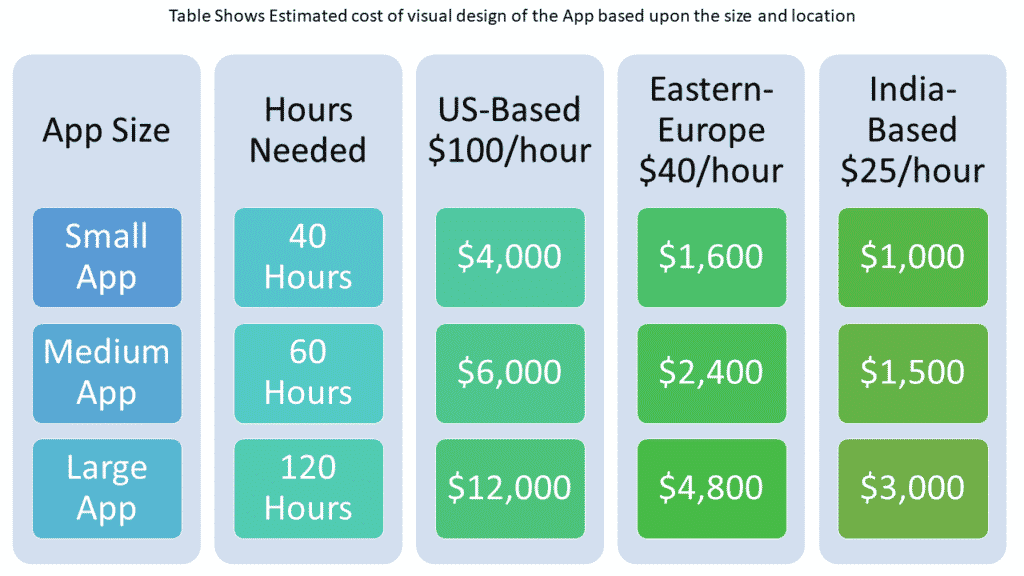 We’ve seen many spectacular supercars over the years, but everything change in 2005 when the Bugatti Veyron was first unveiled. The original model was quite the looker and came with a massive price tag. But the most attractive feature was the vehicle’s absurd 8.0-liter, W16 engine that had four turbochargers. Bugatti would go on to produce a variety of different models over the years, and eventually would make one that holds down the record for the fastest production vehicle of all time Most any Bugatti Veyron has at least 1,000hp, and the more expensive models have even more. As we all know, Bugatti has since discontinued the Veyron, and the models that they will sell this year will be the last Veyrons ever. The car has had a great run, but as many will agree, it’s awfully expensive. In fact we decided to dive into just how expensive it really is.
We’ve seen many spectacular supercars over the years, but everything change in 2005 when the Bugatti Veyron was first unveiled. The original model was quite the looker and came with a massive price tag. But the most attractive feature was the vehicle’s absurd 8.0-liter, W16 engine that had four turbochargers. Bugatti would go on to produce a variety of different models over the years, and eventually would make one that holds down the record for the fastest production vehicle of all time Most any Bugatti Veyron has at least 1,000hp, and the more expensive models have even more. As we all know, Bugatti has since discontinued the Veyron, and the models that they will sell this year will be the last Veyrons ever. The car has had a great run, but as many will agree, it’s awfully expensive. In fact we decided to dive into just how expensive it really is.
In order to even consider purchasing a Veyron you have to be extraordinarily wealthy, obviously. We’re talking hedge fund owner or Saudi Prince wealthy.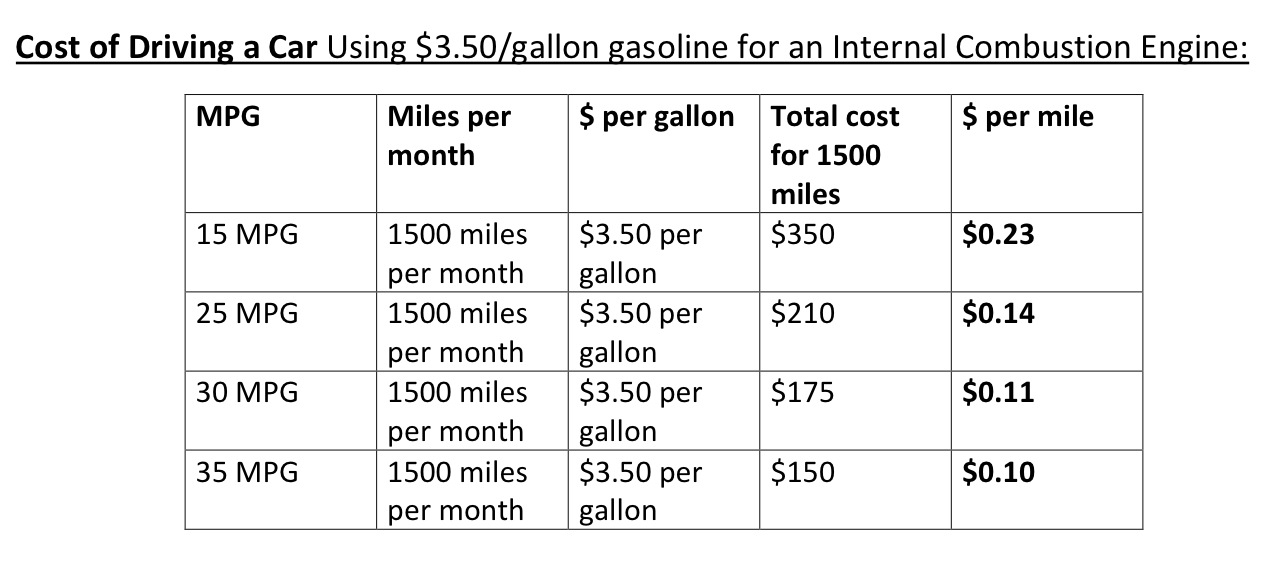 Ferraris and Lamborghinis will generally run from anywhere between $200,000 to $600,000 new, but a Veyron will go for much higher. Now, there have been a variety of different models of the Veyron that have been released over the years in addition to a few one-offs. These cars will cost anywhere from $1 million to as close to $4 million depending on the model. Here are a few recent listings with one going for 3.5 Million. Additionally, since the Veyron has now been discontinued it’s likely to be more expensive in after-market sales since you can no longer buy the car new.
Ferraris and Lamborghinis will generally run from anywhere between $200,000 to $600,000 new, but a Veyron will go for much higher. Now, there have been a variety of different models of the Veyron that have been released over the years in addition to a few one-offs. These cars will cost anywhere from $1 million to as close to $4 million depending on the model. Here are a few recent listings with one going for 3.5 Million. Additionally, since the Veyron has now been discontinued it’s likely to be more expensive in after-market sales since you can no longer buy the car new.
It doesn’t matter what car you drive, any car will have maintenance issues. You’ll blow a clutch or maybe the engine stops working; it is foolish to think that your car will never need a visit to the garage. Car enthusiasts often fiddle and mend their cars themselves, but what about fixing a Bugatti Veyron? Would you actually feel comfortable tinkering or repairing your million dollar supercar? It doesn’t even matter because Bugatti won’t let you. The Veyron has actually been designed so that there is no hood on the car. If you want to show off the inner workings to your friends, all you have is a small compartment that allows you to view merely a fraction of the engine. You actually can’t get into the rest of the car without practically taking the entire thing apart. Also like many other high-end brands, Bugatti wants you to service your Veyron at very specific garages. So if you ever need any type of repair you have to take it to a high-end garage with supercar specialists to work on it, which is obviously more expensive than alternatives. So what are the costs?
The Veyron has actually been designed so that there is no hood on the car. If you want to show off the inner workings to your friends, all you have is a small compartment that allows you to view merely a fraction of the engine. You actually can’t get into the rest of the car without practically taking the entire thing apart. Also like many other high-end brands, Bugatti wants you to service your Veyron at very specific garages. So if you ever need any type of repair you have to take it to a high-end garage with supercar specialists to work on it, which is obviously more expensive than alternatives. So what are the costs?
If you want to get an oil change and some standard service, which is typically the cheapest work you can get a garage to do, you’re looking at about $21,000 dollars. Yes, that’s just for an oil change and maybe a tire rotation. Since we are on the topic of tires, you’re also going to be paying a lot for your Veyron’s. The Bugatti Veyron uses very specific tires, and at top-speed, those tires only last about 15 minutes before needing to be replaced.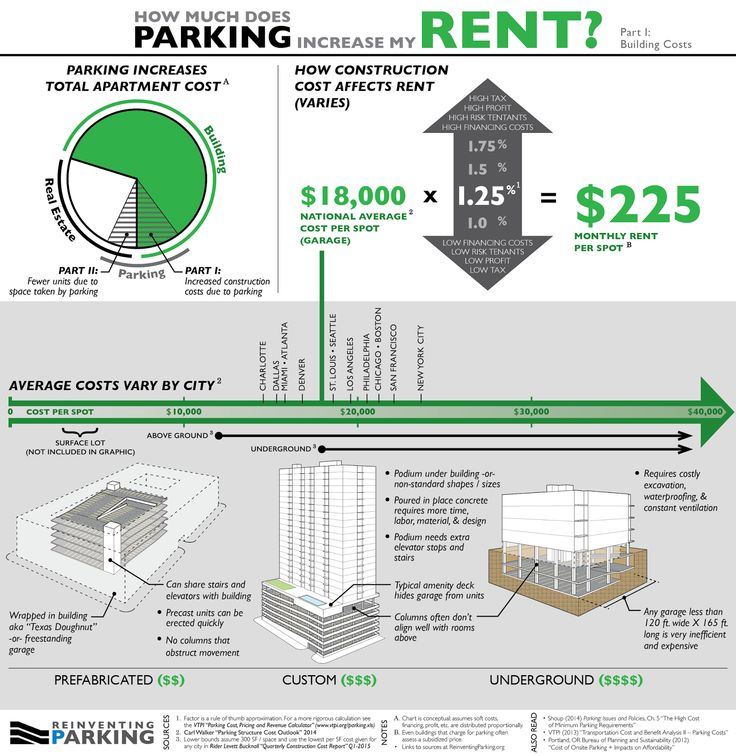 Want a new set? Get ready to pay $42,000 dollars for new tires. Oh and the wheels also need to be replaced entirely after every other tire change. They will run you about $69,000 for a set. Bugatti also encourages that you replace the tires and wheels a few times throughout the year. So if you get an oil change, replace the tires, and then replace the wheels/tires for a Veyron in one year, you’re looking at $132,000 in just parts (excluding labor). Hopefully your transmission will never break on your Veyron, because it costs around $120,000 alone to replace. The Veyron also only gets about 15mpg on the highway, so you will be frequently visiting gas stations and obviously you have to use the most premium form of gasoline to fill it up. Based on data from FuelEconomy.gov, the average Veyron costs $83 dollars to fill up and the estimated annual fuel cost is around $4,700 dollars. Comparatively, a standard 2014 Honda Accord has an estimated annual fuel cost of just $1,450.
Want a new set? Get ready to pay $42,000 dollars for new tires. Oh and the wheels also need to be replaced entirely after every other tire change. They will run you about $69,000 for a set. Bugatti also encourages that you replace the tires and wheels a few times throughout the year. So if you get an oil change, replace the tires, and then replace the wheels/tires for a Veyron in one year, you’re looking at $132,000 in just parts (excluding labor). Hopefully your transmission will never break on your Veyron, because it costs around $120,000 alone to replace. The Veyron also only gets about 15mpg on the highway, so you will be frequently visiting gas stations and obviously you have to use the most premium form of gasoline to fill it up. Based on data from FuelEconomy.gov, the average Veyron costs $83 dollars to fill up and the estimated annual fuel cost is around $4,700 dollars. Comparatively, a standard 2014 Honda Accord has an estimated annual fuel cost of just $1,450.
And we cannot forget about insurance. Insuring any car can be expensive, and for supercars they’re even more pricey. No insurance company is going to give you a break for insuring a $1.5 million dollar car that can exceed speeds of 200 mph. Additionally, many first-time supercar owners end up in an accident within the first few months of owning their car. Should you live in VA, CA, or some other state that steals from its residents using a car property tax, then expect to pay over $50,000 annually just for the right to own your Bugatti. You read that correctly, $50,000.
Insuring any car can be expensive, and for supercars they’re even more pricey. No insurance company is going to give you a break for insuring a $1.5 million dollar car that can exceed speeds of 200 mph. Additionally, many first-time supercar owners end up in an accident within the first few months of owning their car. Should you live in VA, CA, or some other state that steals from its residents using a car property tax, then expect to pay over $50,000 annually just for the right to own your Bugatti. You read that correctly, $50,000.
So at the end of the day, is it actually worth it to own a Veyron? Those that can realistically afford one will tell you “yes”, but as you can see, there are many other factors and costs to consider. When an oil change runs you $21,000 dollars, you might think twice before pulling the trigger on that $2 million dollar car. But I suppose if you can actually afford the initial cost of the Veyron, then you can probably afford all the additional costs that are associated with the car.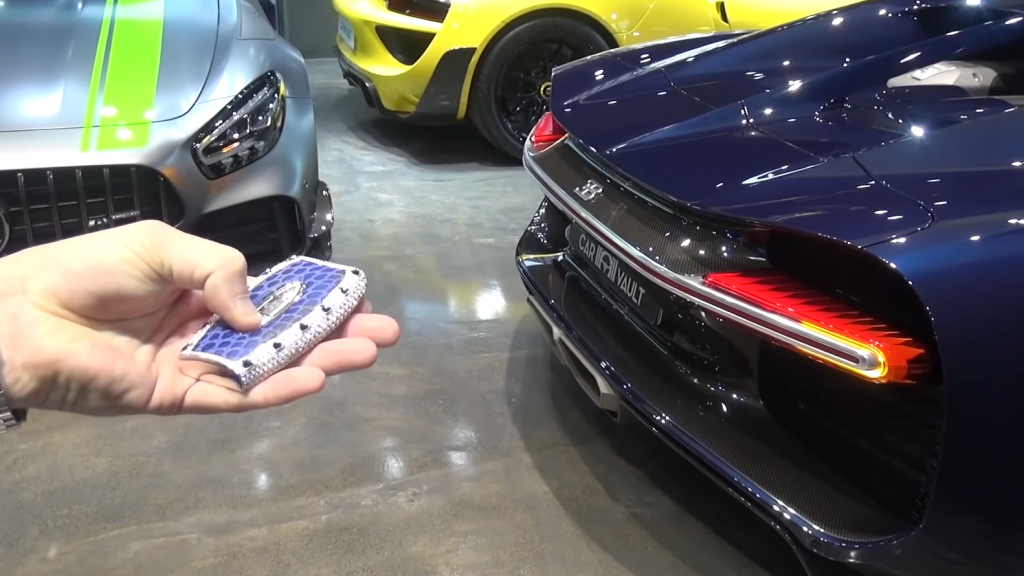 Again that’s a big assumption. For a rough estimate, let’s say you bought that $3.5 million dollar Veyron we listed earlier that’s currently for sale, had the oil changed four times in a year (that’s realistic), had the tires replaced once, then later replaced the wheels, and obviously you’ll need to pay for insurance. Those are pretty conservative estimates. Including the initial cost of the car, in one year alone you could easily spend $3,745,000. That means you’ll spend $245,000 on tires, oil, and insurance alone, in one year. Ouch. Enjoy your car!
Again that’s a big assumption. For a rough estimate, let’s say you bought that $3.5 million dollar Veyron we listed earlier that’s currently for sale, had the oil changed four times in a year (that’s realistic), had the tires replaced once, then later replaced the wheels, and obviously you’ll need to pay for insurance. Those are pretty conservative estimates. Including the initial cost of the car, in one year alone you could easily spend $3,745,000. That means you’ll spend $245,000 on tires, oil, and insurance alone, in one year. Ouch. Enjoy your car!
Photo from Bugatti
Avto Sprav / Selection of tires and wheels / Bugatti / Chiron / 2018
Chiron
Engine: W16, Petrol
Power: 1500 hp (1103 kW)
| PCD (number of holes x circle diameter) | 5x130 mm |
|---|
 0003
0003 In addition, information about its load capacity and speed parameters can be applied to the rubber - load index and speed index. The load index is a two-digit or three-digit number, the speed index is indicated in Latin letters, for example 99Y:
Using the recommended tire sizes will help you avoid handling, safety and other problems. What custom sizes can be supplied? Follow the data in the table, it indicates the possible acceptable alternative sizes for tuning. Although there are other options that we have not described in the table. For example, discs are wider than the same diameter. Or put discs of the same width, but of a larger diameter, which is quite popular among car owners.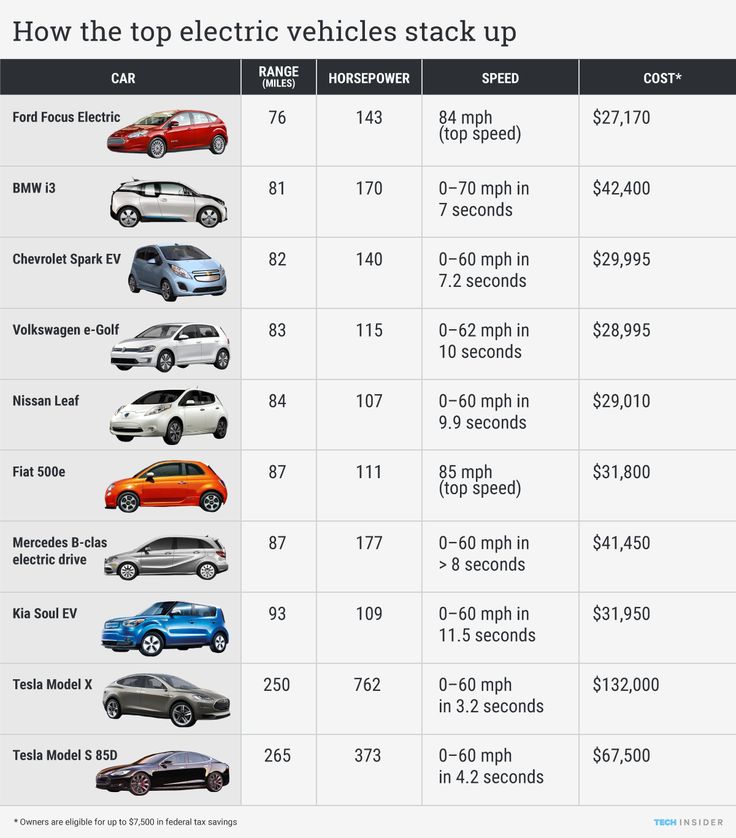 The choice of discs is huge, you can find instances with the same parameters, but with a offset value of 1-2 millimeters more or less. It is not possible to list all options.
The choice of discs is huge, you can find instances with the same parameters, but with a offset value of 1-2 millimeters more or less. It is not possible to list all options.
At the same time, the bolt pattern for all types of wheels is the same - 5x130. Thus, all disks are mounted on five bolts and the distance between them is exactly one hundred and thirty millimeters. The hub diameter of the car is 71.6 mm.
Ranks of possible values for tires and discs Bugatti Chiron 2018.
| 20 "-21" 285–355 9 | Profile (%) | 25-30 |
|---|---|---|
| The smallest size | 285/30 R20 | |
| The largest size | 355/25 R21 |
| " |
|---|